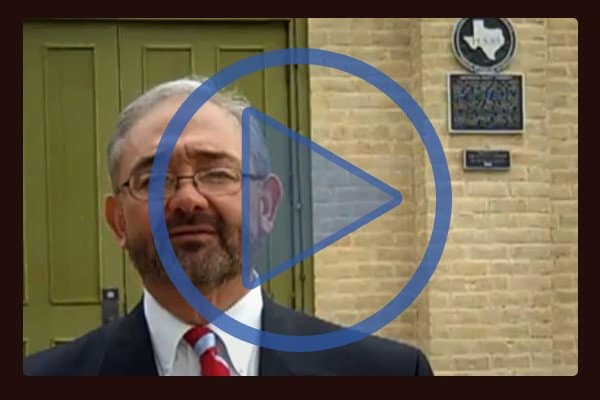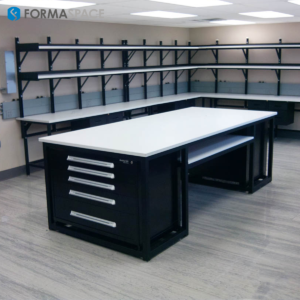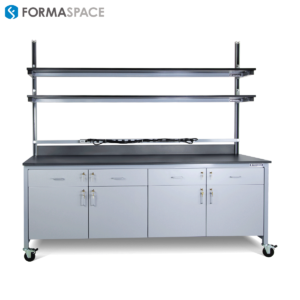You’ve probably heard this catchphrase before — Texas Is a Big Country. But before you dismiss that saying as All Hat and No Cattle (another old Texas saying), you should consider this: if you traveled across Texas back in the 1890s, you certainly would have come away with the impression that Texas is a big country indeed. Certainly you would have been impressed by the construction of massive, elaborate courthouses underway across the state. These courthouses — built in what we today call the Golden Era of Texas Courthouses — were as impressive as any U.S. state capitol.
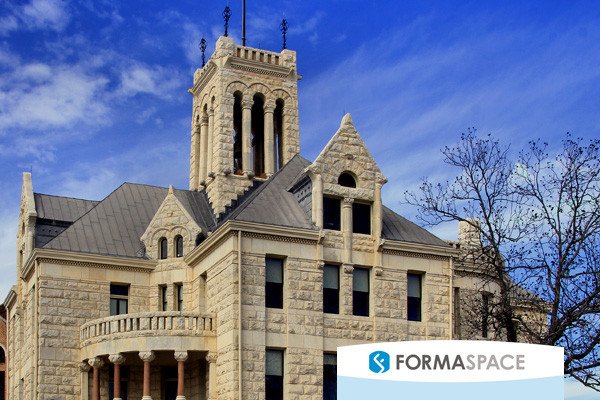
This Texas courthouse building boom got its start back in 1891, when the Texas State Legislature allowed the counties to issue bonds for public projects. A veritable construction ‘arms race’ ensued, with each county trying to outdo its neighbors. The legacy of this building boom is a delightful window into the Victorian era’s flights of fancy in the realm of architecture and decorative design. And it’s a living reminder of the foundation for high-quality American craftsmanship. We’re fortunate that today most of our Texas courthouses have not only survived, but also thrived into our modern era. Thanks to an effort spearheaded by the Texas Historical Commission (THC) — which secured public funds for restoration efforts — many have been fully restored to their original Victorian glory.
Getting the Project Off the Ground in Hidalgo County Courthouse, Near the Mexico Border
If you’re not passionate about restoring a classic car or rehabbing an older home, you might not appreciate the emotional attachment that many of us have for restoring historic buildings. In the short video news clip below, you can feel the palpable emotions of pride and hope that the citizens of rural Hidalgo County, located along at the Mexican border in the Rio Grande Valley, as they come together to celebrate the kickoff of a project to restore their beloved County Courthouse.
Citizens of La Grange, Texas Appreciate the Value of their Fayette County Courthouse
Romantic attachment to old structures doesn’t sway everyone when it comes to spending public funds on restoring Texas courthouses. But that’s not the only reason to do it. There are demonstrable benefits derived from these restoration projects, including increased economic activity and neighborhood renewal that lasts long after the project is complete. As you can see in the video clip above, the citizens of La Grange, Texas, have come to appreciate the value that restoring their Fayette County Courthouse brought to their community.
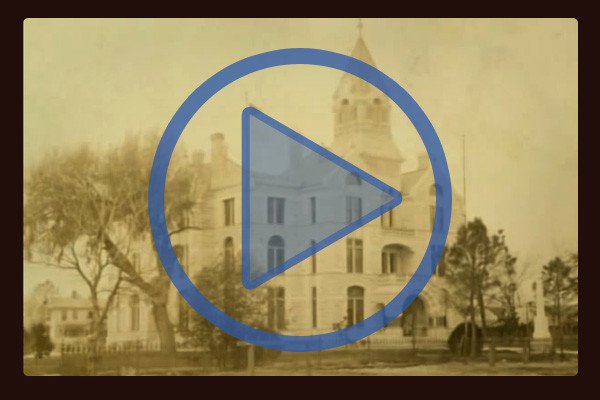
Not All Texas Courthouses are Victorian Masterpieces – The Jefferson County Courthouse in Beaumont, Texas is an Art Deco Wonder
While most of the classic Texas courthouses are from the Victorian era, the Jefferson County Courthouse in Beaumont, Texas is a marvelous exception. Its stylish, modern Art Deco plans were drawn up at the tail-end of the Roaring Twenties. Fortunately for us today, the bonds were issued just weeks before the 1929 Stock Market Crash so construction went ahead during the Great Depression. Built with a $1 million budget, the towering structure is a tribute to Art Deco style both inside and outside. It’s definitely worth a visit.
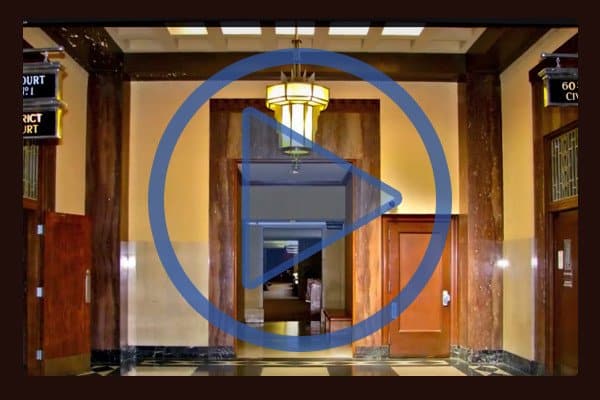
Using Computer Visualization Based on Historic Photographs to Recreate the Wharton County Courthouse
Restoring Texas courthouses has involved nearly every engineering, design and craft trade in the Architectural, Engineering and Construction (AEC) sector. Some of the courthouses, such as the one in Wharton County, had major sections that needed to be re-created from scratch. Here is where modern computer-based 3-D visualization technology comes to the rescue, where for example — as you can see in the video above — period archival photographs of the building were used to generate Computer-Aided Design (CAD) drawings needed to re-create the missing structural elements.
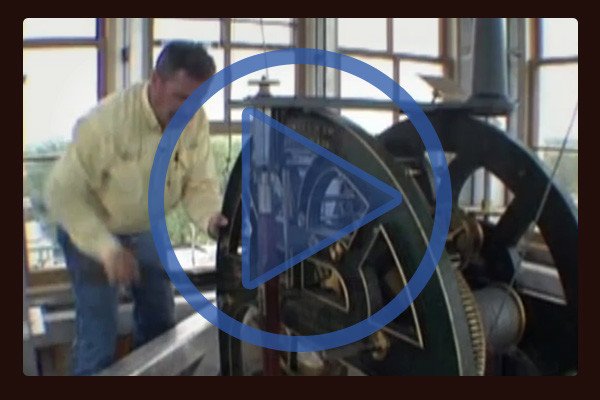
Interior of Comal County Courthouse Before Restoration
In many cases, the exteriors or interiors of the courthouses had been significantly modified over the years. Computer visualization techniques were used to acquire the interior dimensions of the Comal County Courthouse, as shown in the video above. But computer graphics techniques alone cannot tell the whole story. To solve the mystery of what were the historically correct original surface finishes — such as paint colors, decorative stencils or wallpaper patterns — takes a Conservation Specialist.
One of the historical sleuths who has worked on dozens of Texas courthouse restorations is Jhonny Langer — yes, that’s the correct spelling — of Source Historical Services located in Galveston, Texas. Restoring historically accurate faux wood grain treatments, re-creating decorative stencil work and conserving or recreating painted murals or vignettes are some of their handcrafted specialties. To determine the original colors in a Texas courthouse, Jhonny painstakingly removes layers of paint surfaces to reveal the original surfaces. From years of experience, he can interpret what 100-year-old varnished wood looks like (hint: it looks like black paint).
According to Jhonny, “Colors were mostly hand mixed up until the 1930’s. The paints in those days were a mixture of adhesion agents and fillers and of course pigments, which were sold as dry, unmixed powders. Because the powders generally came in primary colors of red yellow and blue, we find that in most courthouses built before 1940 the original interior colors were pink, yellow or blue. They didn’t experiment too much with mixing colors back then!”
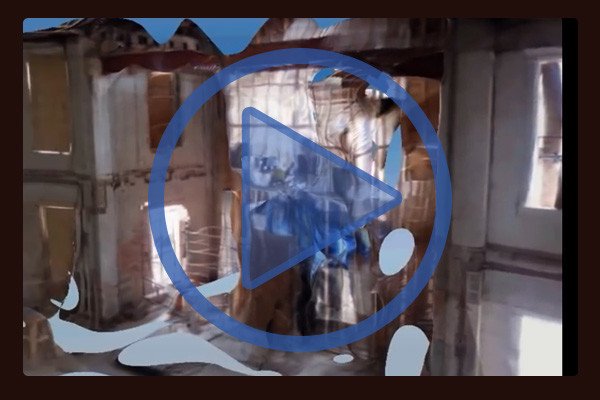
Engineering Challenges when Restoring Concrete Footings and Ensuring Integrity of Masonry Walls
Some of the Texas courthouse restoration projects have required heavy-duty engineering analysis to ensure their structural stability. In the video above, problems with the Lee County Courthouse foundation and the structural integrity of the masonry wall systems were the subject of a post-restoration seminar presented on behalf of the American Concrete Institute. It’s interesting to watch the engineers evaluate the structure — in some cases they encountered original construction errors — as they work through different options to come up with a safe retrofit solution that ensures the building is safe today and remains so well into the future.
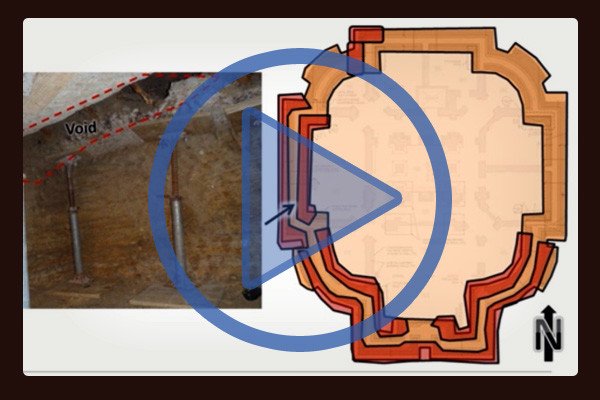
What about the Craftsman in You? Is It Time for You to Set up Your Own American Workshop?
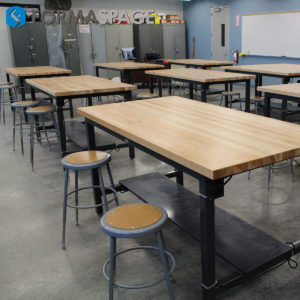
If you are rehabbing a classic Victorian or a cool Mid-Century Modern home, we want to hear from you. We want to tell you about our own exceptional, custom-made workbenches and tables. Our Formaspace furniture can transform your workspace overnight into an organized, productive place to work. Did you know that many of our Formaspace customers choose workbenches and tables made with top quality maple counter tops? We source our maple from John Boos Maple – a name you might know if you’ve watched cooking shows televised on the Food Network.
Step up to the professional level and join the roster of satisfied Formaspace clients — including Apple Computer, Boeing, Dell, Eli Lilly, Exxon Mobile, General Electric, Intel, Lockheed Martin, Medtronic, NASA, Novartis, Stanford University, Toyota and more. Give us a call today at 800.251.1505 to find out more about the Formaspace line of stock, semi-custom and custom-made computer workstations, industrial workbenches, laboratory furniture, lab benches and dry lab/wet labs — as well as our design / furniture consulting services. Our American-made technical furniture solutions are well-made, strong and long-lasting — just like our Texas Courthouses.


